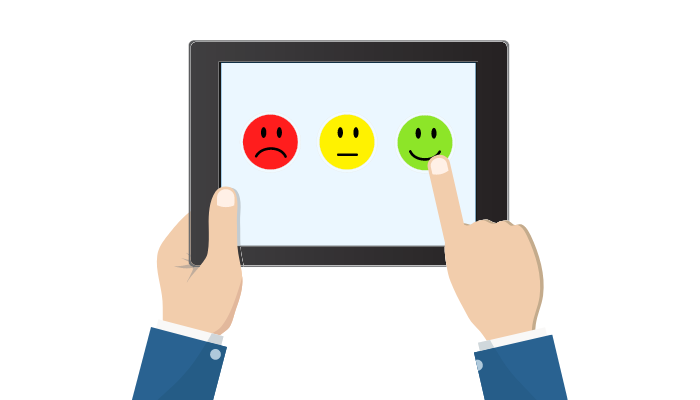
With the advent of technology, the information grapevine has gotten better and faster. Distance means almost nothing to the world’s virtual web. This makes retaining customers valuable for acquiring new clients through word of mouth.
For the same reasons, it’s imperative to turn negative customer interactions into positive ones. Loyal customers may switch to another brand after one unfavorable encounter. In the case that they are willing to compromise, it usually takes at least 12 good experiences to make up for that one bad experience.
You might be raising your eyebrows right now and wondering how to be positive in a negative situation. Well, we can help with that. Here are some pointers you can keep in mind to help you turn negative into positive experiences.
- Keep your cool.
In this situation, fighting fire with fire won’t do. When the speaker is angry or agitated, it’s up to you to keep a cool head. Anger clouds your judgment and will most likely throw oil into the blazing fire. Nothing will get done then.
When you keep a calm demeanor under the pressure caused by an irate customer, you are able to think things through more clearly. Also, whether in text or call format, always watch your tone. Double check your words and make sure that they are read or heard as neutral and amicable.
- Just lend an ear.
Listen to what they are trying to say, even if they are trying to talk your ear off. Take in their words and get to the heart of the problem.
Do not interrupt them. Allow their words to be heard. The last thing you want to do is let them fall on deaf ears. Once you have space, ask relevant questions and glean the context of the situation.
- Empathize with your customer.
In customer support, sincerity is one of your greatest strategies. But depending on the communication channel, it might be difficult to express this. Assume you have a chat-only communication help desk; if an agent lacks empathy, some conversation may be lost in translation, regardless of whether the statement is well-intended. Not to mention that neither end can see the other.
Apologize for the trouble and show that you understand what the customer is going through. Apologize for the trouble and show that you understand what the customer is going through. Understand where most of their frustration comes from, which is likely due to reasons outside of the actual problem and more personal.
Expressing this also depends on your tone and choice of words, whether it’s a text or a phone call.
- Fix the problem (the right way).
The customers don’t want excuses. Rather, they want solutions, and they want them as quickly as possible. All those platitudes don’t mean anything without some kind of action taken to solve the problem in the first place.
If there’s a product defect, make the necessary assessments. Then, if the customer is deemed eligible to get a replacement, you can do so. If it can be solved on the client’s side, give clear instructions that they can easily follow.
You can go off-script and be creative with this, however, especially if the problem can’t be exactly resolved the way the speaker wants it to be. This is when you brainstorm with your team to come up with the next best solution.
The small financial loss is worth it when the client can be won over and comes back for another transaction.
- Give regular updates.
If the solution requires more time or more steps, it would be appropriate to regularly update the customer on the progress. Show that you are actively working on it and that their problems are not being dismissed.
It serves to assure and include the customer in the process, and to also show attention to customer care.
- Learn from your experiences.
Sometimes, a customer just cannot be reasoned with, or the problem is simply unsolvable in a way that satisfies the customer. You can only apologize and move on to the next situation.
Now that you have time and have moved on, the next thing you can do is mull over that interaction. What are the lessons you can glean from that experience?
Why didn’t the customer compromise? What are the things you should have done better? What are the possible solutions to the problem?
You should consider all the influencing factors in the subject in question, so that once the problem comes up again, you will be more prepared next time.
Conclusion
Dealing with an angry customer is tough, stressful, and even burnout-inducing. This is especially true when you regularly deal with this kind of negative interaction. But with the right training and a lot of experience under their belt, a representative can get the hang of it.
After all, retaining a customer costs less than acquiring new ones. Retention also gives you a better return on investment in the long run, seeing as repeat customers are likely to spend 67% more than new customers. So it’s worth the effort turning those bad experiences into good ones.
